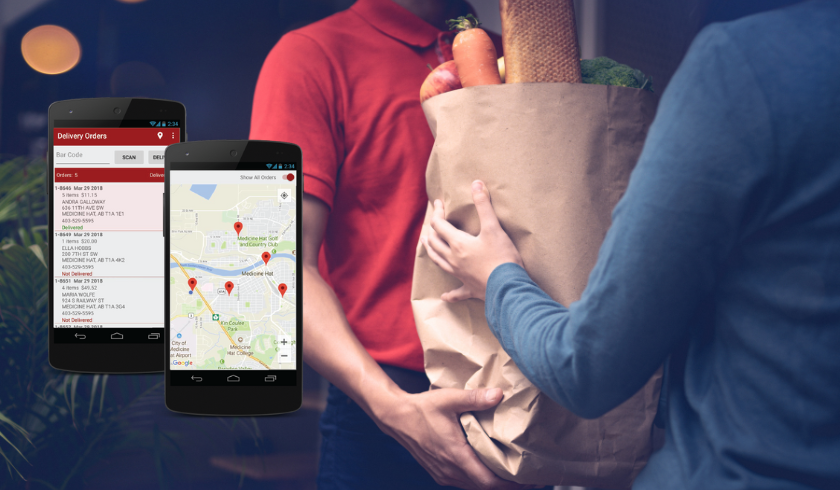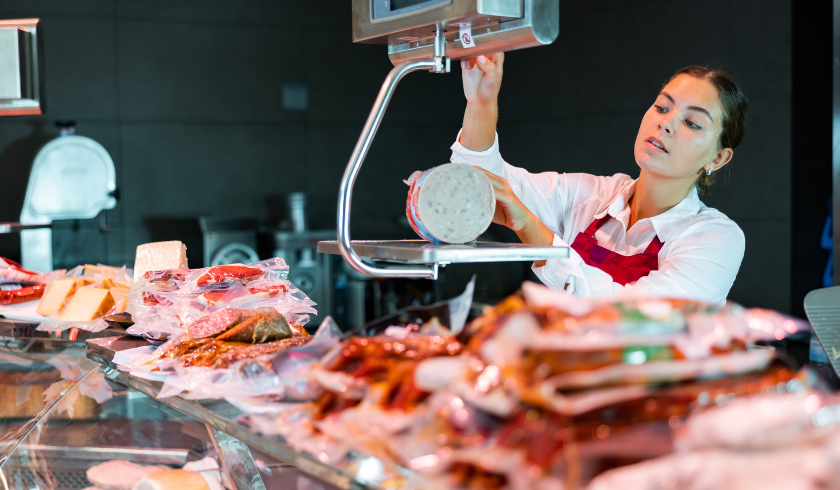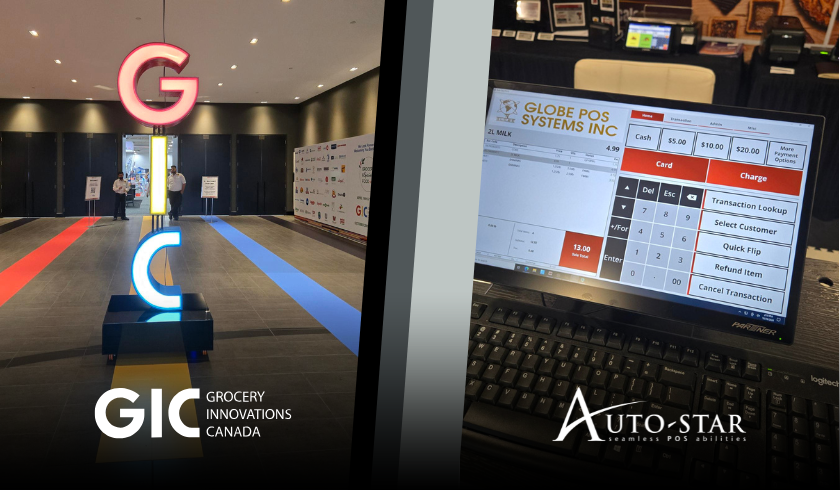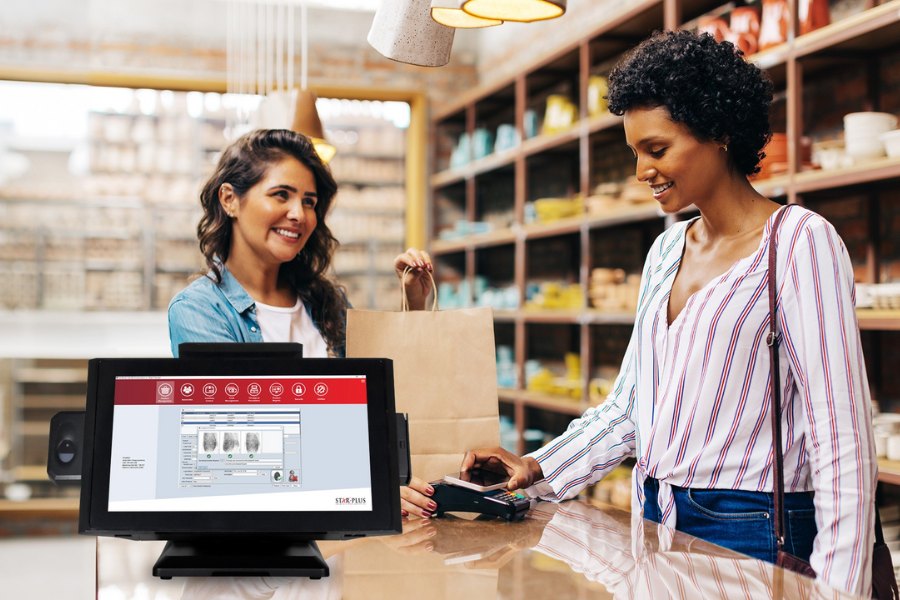The holiday season is just around the corner, and many retailers — including grocers — are trying to figure out how to handle increased store traffic while dealing with ongoing labor shortages. One recent report showed that 63% of retailers were operating with a frontline employee deficit in the first part of 2023 — and the problem may only get worse during the busiest season of the year.
Fortunately, technology is evolving to provide solutions. You can use the right grocery store point of sale (POS) system in several ways to overcome labor shortages and help your staff rise to the occasion this season.
1. Implement Self-Service Kiosks at Checkout
Grocery kiosks aren’t new but are starting to show up everywhere, including local and smaller mom-and-pop stores. The increase is partly due to customer expectations: according to one report, 73% of consumers (especially Gen Z shoppers) prefer self-service kiosks over staffed checkout lines. Another reason is that stores are relying on self-checkout to manage labor shortages. One employee can manage several grocery kiosk lanes, freeing other staff to fulfill essential duties elsewhere in the store.
You can get even more benefits from your grocery store self-checkout by optimizing the displays around them. For example, you can draw attention to loyalty programs and promotions by customizing the self-checkout screen. You can also use surrounding shelf displays to encourage impulse buying with practices such as placing lower-priced or seasonal items near the checkout or next to higher-demand items. Use your store layout to gently guide customers along a path that leads them into the temptation of impulse purchases. You can also encourage impulse buys with signage that includes phrases such as “limited time only” or “while supplies last” to create urgency and activate the “fear of missing out.” In this way, grocery kiosks can help increase sales as well as reduce labor costs.
2. Focus on Security
While grocery self-checkout can alleviate labor shortages by requiring fewer employees, it can potentially increase the risk of theft or fraud. It’s vital to enact adequate security measures to counter that risk. Consider utilizing security cameras and perhaps posting signage informing shoppers of their presence as a deterrent.
The employees who keep an eye on the self-checkout lanes need to do more than just assist customers and restock materials such as receipt paper and bags. They should be trained in best practices for security and safety, including:
- Engaging with customers by making friendly eye contact and offering a simple “How are you today?” or “Did you find everything you needed?” to let shoppers know they are seen, discouraging potential theft
- Watching for people who try to bypass the checkout or “forget” to scan items (such as larger items under the cart basket)
- Knowing how and when to approach or confront suspected shoplifters — and when they shouldn’t
- Paying attention to system alerts such as multiple card attempts or scale discrepancies
- Being familiar with your products and UPCs so they can monitor for people trying to swap barcodes or commit coupon fraud.
Another way to reduce the possibility of coupon fraud is to switch to digital coupons. Universal 8112 or digital coupons have several advantages over paper coupons, including reduced paper waste and fewer human errors in trying to read expiration dates or tell whether a barcode has been duplicated or altered. When a digital coupon module is integrated with your grocery POS, you can also use customer data from your loyalty program to create personalized 8112 coupon offerings, increasing customer satisfaction.
3. Automate Manual Practices
Another way to combat grocery labor shortages is to automate as many manual practices as possible. Besides self-service kiosks and digital coupons, another POS technology that can help achieve this goal is electronic shelf labels. Like digital coupons, these shelf labels have many benefits as part of your POS solution. You can update prices quickly from your POS back office, and the labels screens update automatically, so employees no longer have to deal with the cumbersome task of manually replacing paper tags.
Another process you can automate with the right POS is inventory reordering. Ensure you never run out of your most popular products while your staff is busy caring for the store, and minimize the need for managers to manually place orders by phone or hand with a reordering module.
Discover Why More Grocers are Using Auto-Star POS Software
4. Spread Out Customer Rushes
Finally, another way to help alleviate grocery store labor shortages this holiday season is to try spacing out the periods of heaviest in-store traffic so that the employees you have are not overwhelmed. For example, Black Friday is a huge business day, but if you could get some of those customers into your store on earlier days instead, you’re less likely to get swamped. Once again, your POS technology can help.
You can use the data from your customer loyalty program to offer personalized promotions that will bring customers into your store sooner. Being able to even out your traffic can reduce overcrowding at checkout (even self-checkout), ease staff stress, and enable you to better manage employee scheduling. You’ll improve the customer experience, potentially increase employee retention, and work around the labor shortage.
Give Yourself the Best Holiday Gift This Year: Invest in POS Tech
The holiday season can be stressful, especially if you’re short-staffed. Incorporating technology-driven strategies, from self-service kiosks and digital coupons to electronic shelf labels and loyalty programs, can help grocery stores overcome labor shortages and ensure a smoother shopping season for customers and employees. A top-tier POS solution will take you through the holiday season and far beyond.












